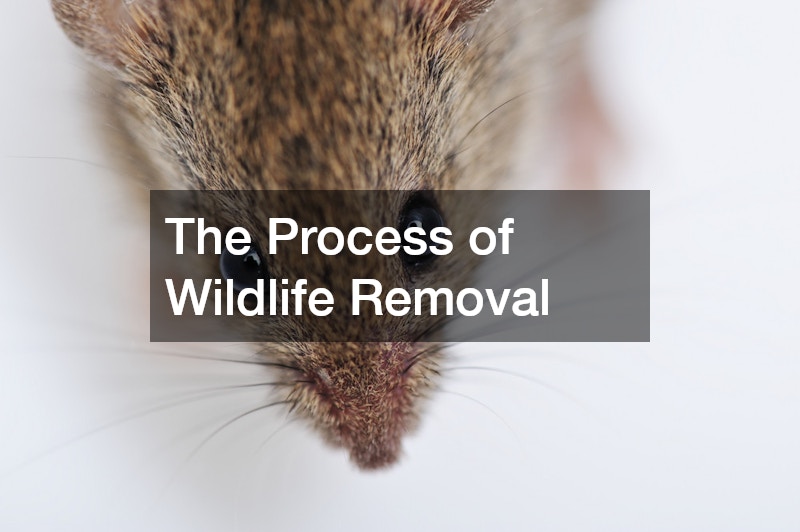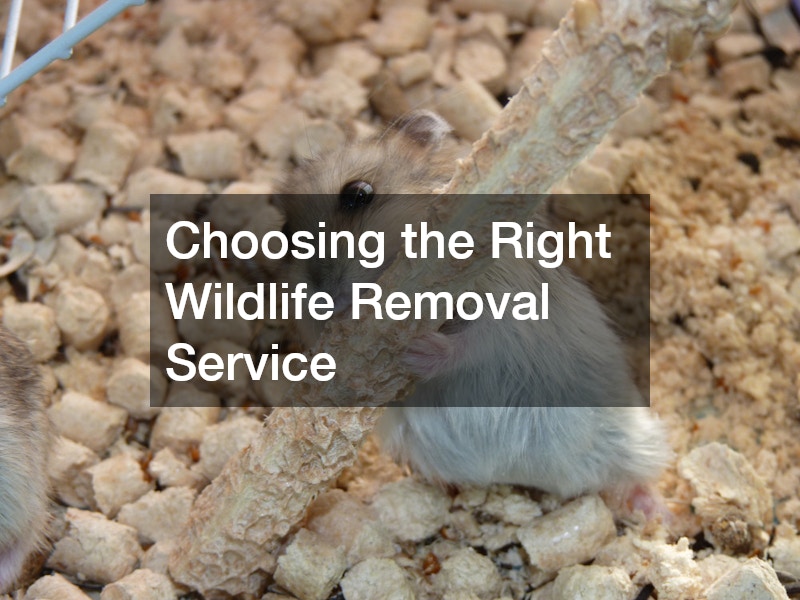Your Simple Guide to the Wildlife Removal Process
The process of wildlife removal is essential in ensuring both human safety and animal welfare. When creatures such as raccoons, bats, or snakes intrude into human spaces, they can pose significant risks. These risks include the transmission of diseases like rabies, and potential harm from bites or scratches.
Additionally, wildlife can cause property damage, gnawing on wires or burrowing into structures. Understanding these risks highlights the necessity for prompt and effective wildlife removal.
Each year, thousands of homeowners encounter the challenge of dealing with unwanted wildlife visitors. This situation often arises due to habitat encroachment; as urban areas expand, they invade previous wildlife territory. Such encounters can be stressful and intimidating for residents, underscoring the importance of having access to professional wildlife removal services. These experts are equipped to handle wildlife situations safely, effectively minimizing risks to both the animals and humans involved. The expertise of professionals ensures that the process is compliant with local regulations and humane standards.
In the Huntsville, AL area, wildlife removal becomes a frequent necessity due to the proximity of suburban areas to natural habitats. The region’s rich biodiversity means residents are likely to encounter diverse wildlife, necessitating a sound understanding of removal procedures. Professionals offering wildlife removal are well-versed in local wildlife laws and possess the practical skill to deal with a variety of animals. These specialists are valuable resources in mitigating the risks posed by unwanted wildlife encounters, safeguarding both homes and local ecosystems.
The Process of Wildlife Removal

The wildlife removal process involves several critical steps, each designed to ensure an effective and humane outcome. Initially, a thorough assessment is conducted to understand the extent of the wildlife issue. This involves identifying the type of animal present, its behaviors, and the potential entry points into the property. This stage is crucial, as understanding the problem lays the groundwork for a successful removal plan. Skipping this step can result in incomplete wildlife removal and recurring issues.
Once the assessment is completed, the next phase involves developing a strategic removal plan. This plan is customized based on the species involved and adheres to ethical standards set by wildlife agencies. Strategies may include humanely trapping and relocating the wildlife or exclusion methods that prevent the animals from re-entering the property. Professionals also take proactive measures to secure premises against future wildlife invasions. This holistic approach ensures that wildlife removal does not simply address the symptoms but resolves the root of the problem.
The final stage of the process is monitoring and securing the affected area. Post-removal, it is essential to monitor the area for any signs of re-entry or new wildlife activity. Additionally, securing the home or structure involves repairing entry points, cleaning up any waste or nesting materials, and possibly installing deterrents. Homeowners are advised on maintenance measures to prevent future invasions, playing a proactive role in wildlife management. This comprehensive process reflects the importance of a balanced relationship between humans and nature, maintaining healthy ecosystems.
Choosing the Right Wildlife Removal Service

Selecting a professional service for wildlife removal requires consideration of several factors to ensure effective results. First, it is crucial to verify the credentials and expertise of the service provider. They should be licensed, insured, and knowledgeable about local wildlife and regulations. Positive reviews and recommendations can further indicate the service’s reliability. Working with reputable professionals ensures that the wildlife removal process is conducted safely and in compliance with the law.
A key aspect of choosing a service is evaluating their commitment to humane practices. This involves assessing their methods and approaches to wildlife removal. Ethical service providers prioritize the welfare of animals, using non-lethal traps and ensuring humane relocation. They are also committed to educating homeowners on preventive measures, fostering a sustainable coexistence with local wildlife. Supporting providers who uphold these values contributes to overall environmental conservation efforts.
Pricing transparency and service guarantees are additional important factors to consider when choosing a wildlife removal service. A detailed cost breakdown helps homeowners understand what services are included, preventing unexpected expenses. Service guarantees offer peace of mind, with assurance of follow-up visits if wildlife issues persist. Many wildlife removal services provide comprehensive packages tailored to the local environment and its challenges. Ultimately, selecting the right service helps maintain the safety and integrity of both human living spaces and natural habitats.
